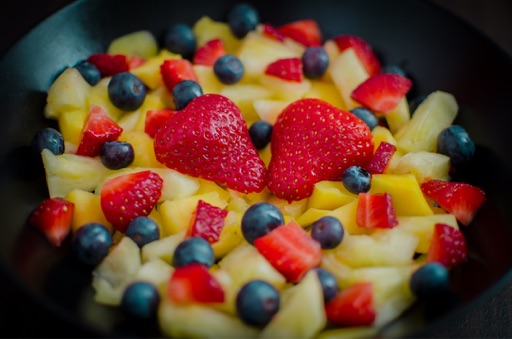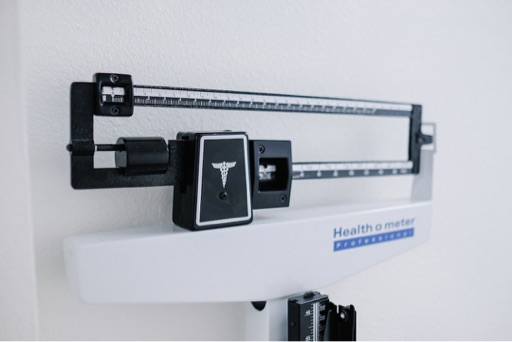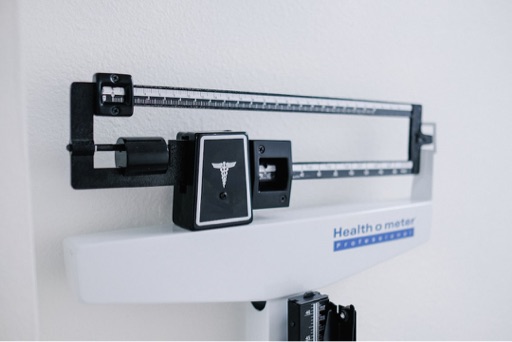The 90-30-50 diet, popularized on TikTok, involves consuming 90 grams of protein, 30 grams of fiber, and 50 grams of healthy fats daily. Created by dietitian Courtney Kassis, it’s touted for weight loss, hormone balance, and blood sugar control. Thanks to the age-old conditioning of a society laced with patriarchy and the norms that tag along with that – weight-loss has always been in trend; and mostly, not for the right reasons. The peer pressure to look a certain way to conform to the set beauty standard(s) is real and hence, there is a plethora of weight-loss regimes available readily for us. These weight-loss regimes do not always target the ‘problematic area’, which essentially is an unfit body and unhealthy lifestyle. But they rather preach you different crash courses on how to how to lose weight to look a certain way.
Naturally, thanks to the popularity of ‘losing weight’ to look your finest, this has become a trend and found its way to the most populated platform of this generation – social media! And unless you have been living under a rock, you must have noticed how a certain diet plan has taken over TikTok this holiday season. Which one we are talking about, you ask? It’s the 90-30-50 diet plan!
Introduced by wellness influencer and dietitian Courtney Kassis (@dieticianwithtwins) in 2023, The 90-30-50 diet is a structured eating plan with relatively straightforward rules: consume 90 grams of protein, 30 grams of fiber and 50 grams of healthy fats each day. Kassis created the diet after being diagnosed with Hashimoto’s disease, which led to further health complications and difficulty losing weight.
In the original TikTok video, she describes the diet as beneficial for “weight loss, improving chronic disease, hormone balance, blood sugar control and more *within weeks* (if not days).” Following it, she said she lost 15 pounds in just two months and significantly improved her thyroid function.
Key points: The 90-30-50 diet plan emphasizes the quality and balance of macronutrients over strict calorie counting.
Here are some examples of foods that fit into the 90-30-50 diet plan:
– Protein: Chicken, beef, eggs, pork, turkey, Greek yogurt, cottage cheese.
– Fibre: Leafy greens, broccoli, cauliflower, chia seeds, flax seeds, almonds, chickpeas.
– Healthy fats: Nuts and nut butter, seeds, avocado, olive oil.
While there is no specific research on the 90-30-50 method, there is evidence that eating more protein, fibre, and healthy fats can have benefits such as balanced hormones, improved blood sugar levels, and a reduced risk of chronic disease. Some say that the 90-30-50 diet plan can be beneficial even if not followed strictly, as it emphasizes eating healthy foods and increasing fibre intake. Others say that the plan’s simplicity and specificity can be valuable, even if the recommended numbers aren’t right for you.
To keep track of your food intake, you can use an app to record the grams of protein, fibre, and fats in your meals, snacks, and beverages.
The 90-30-50 diet’s emphasis on protein and fibre aligns with evidence-based strategies for weight loss and satiety. Catherine Gervacio, RND, a registered nutritionist, states, “The protein content may be sufficient to support muscle maintenance, repair and satiety.” For someone who is 165 pounds (75 kg), this would equate to 60 grams of protein per day. She continues, “As for fiber, the amount is sufficient to regulate blood sugar, improve gut health and promote fullness. Most people fall short of the recommended 25 grams (for women) and 38 grams (for men) daily.”
As for fat, Trista Best, MPH, RD, LD, emphasizes that though the diet does not specifically address the source of fat, healthy fats should be prioritized. Healthy fats help promote weight loss.
Dietary fibre’s ability to help you feel full faster and longer is also beneficial to weight loss. Additionally, healthy fats can prevent blood sugar spikes and aid in appetite control.
However, the rigidity of the diet may cause some to feel overly restricted. Trista Best points out that while the diet may be effective for weight loss, it may not be sustainable in the long run, which might lead to rebound weight gain once the plan is stopped.

Source: Times of India





